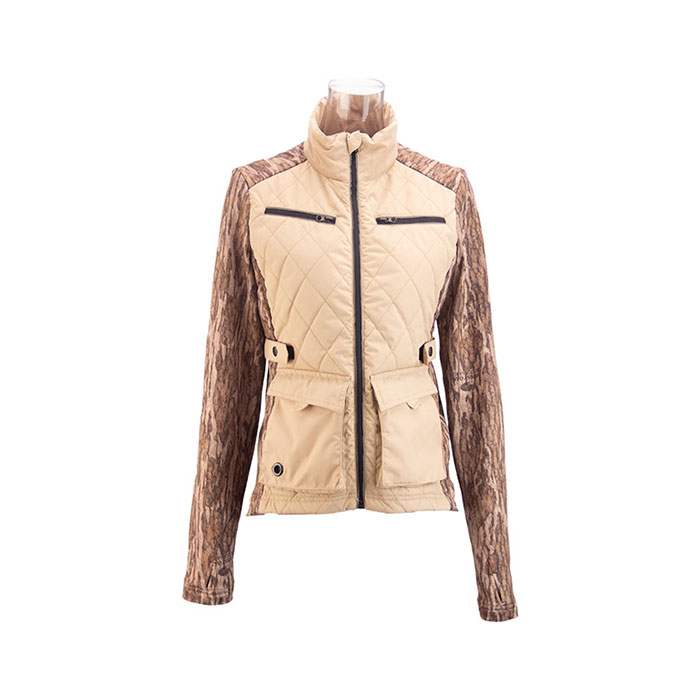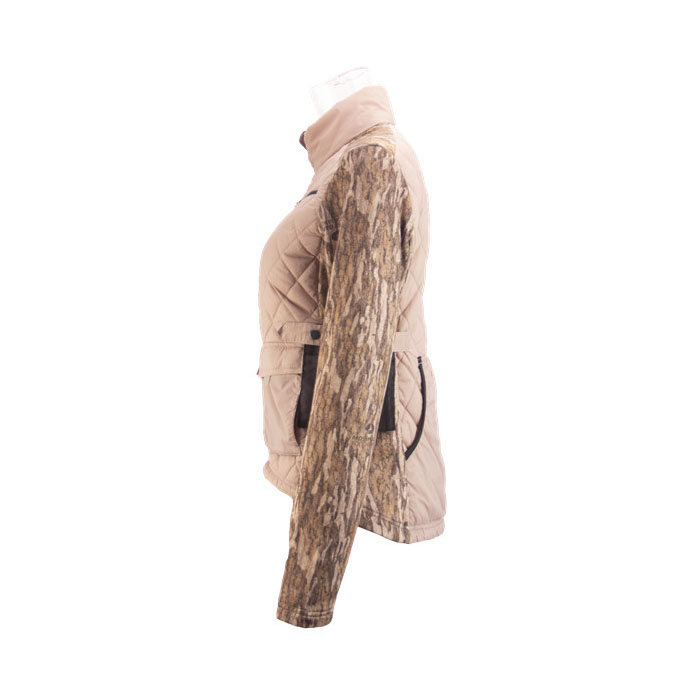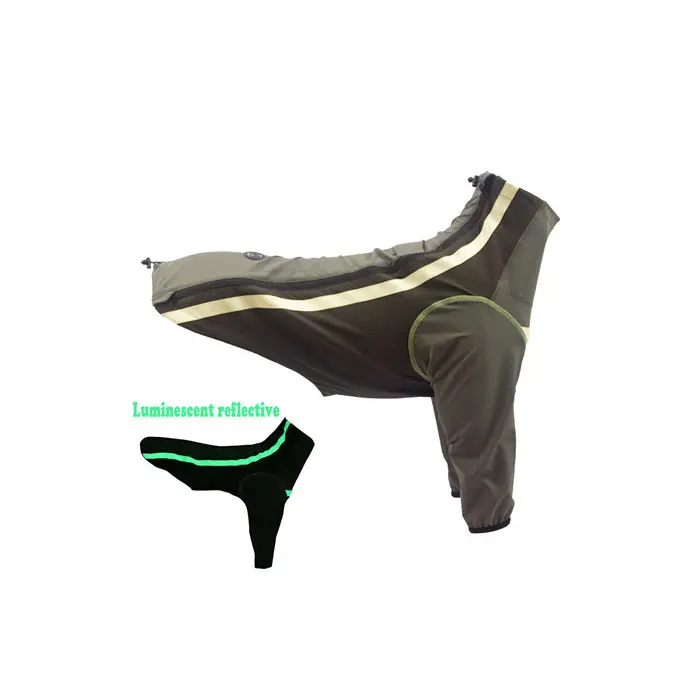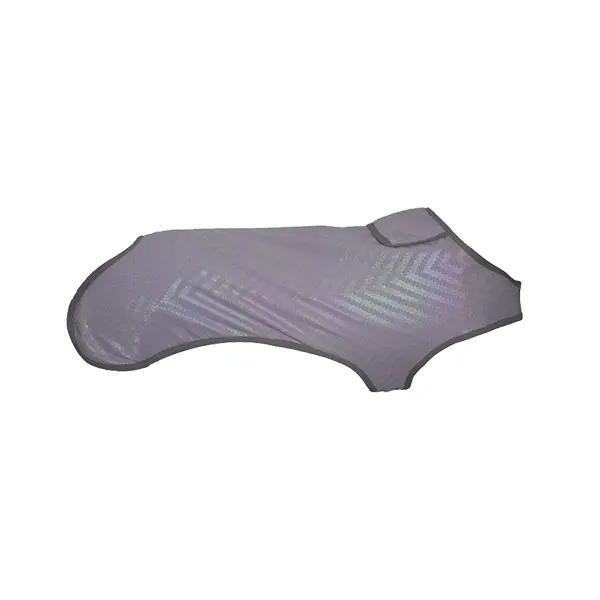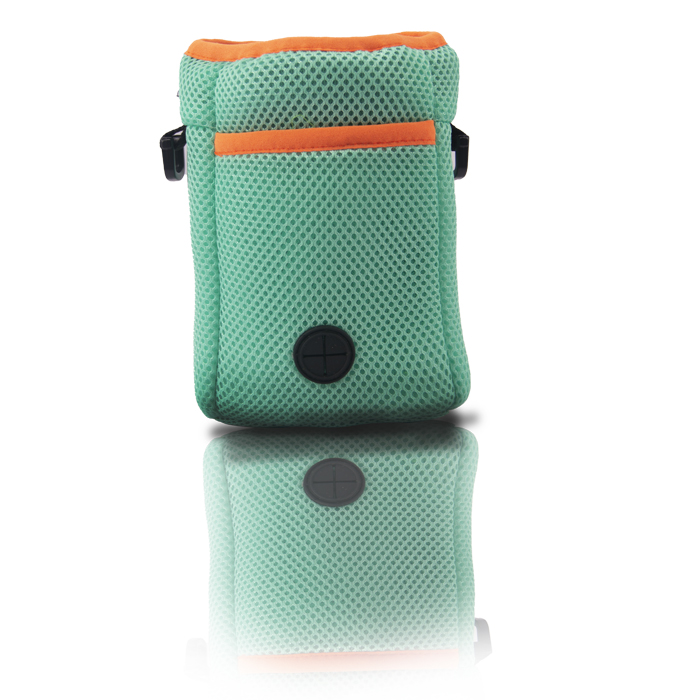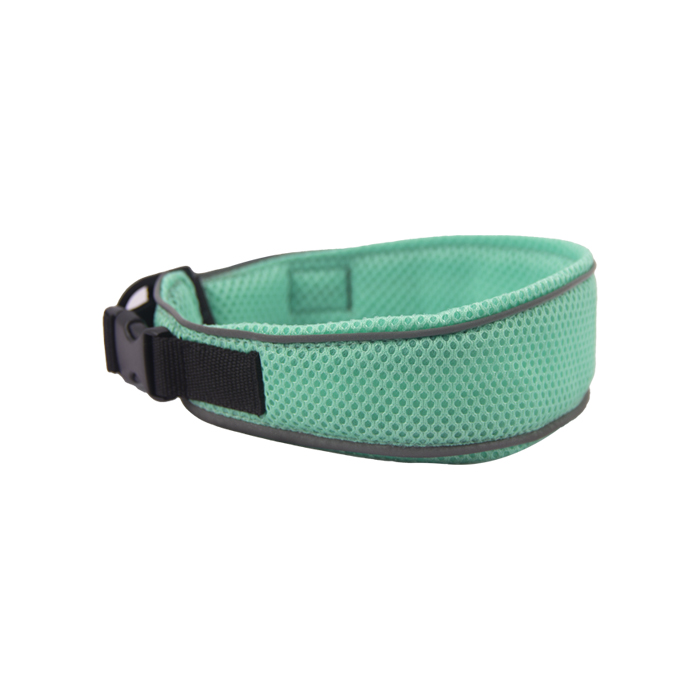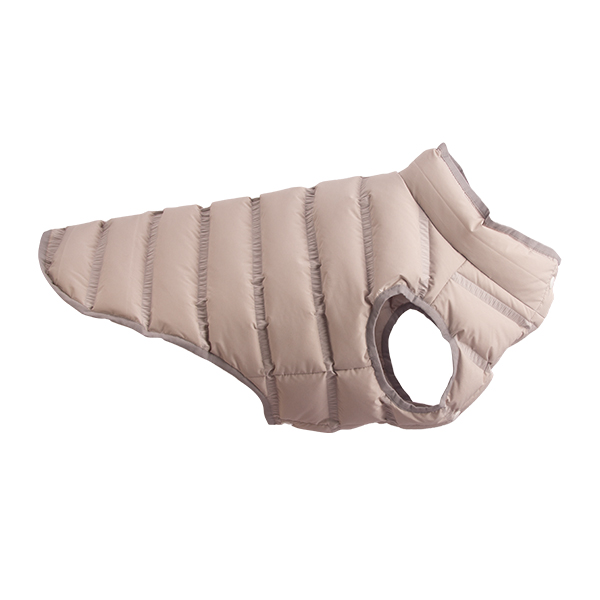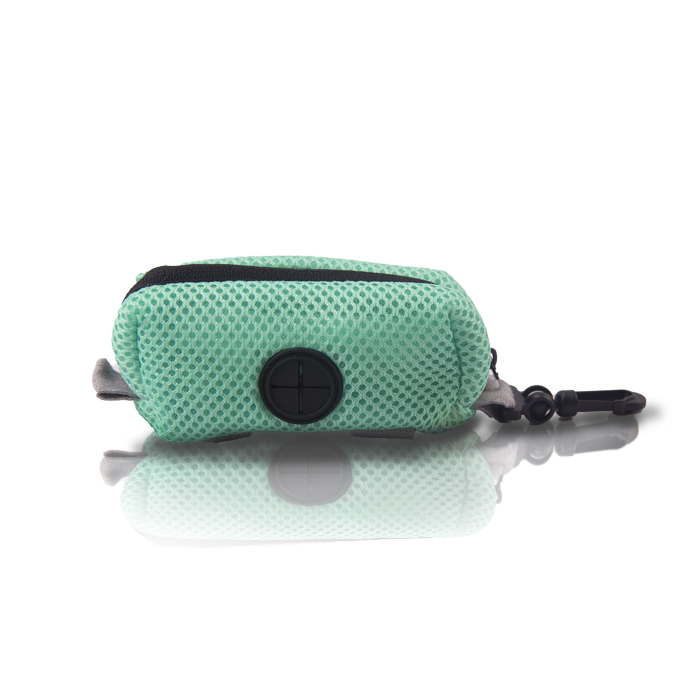
- Afrikaans
- Albanian
- Amharic
- Arabic
- Armenian
- Azerbaijani
- Basque
- Belarusian
- Bengali
- Bosnian
- Bulgarian
- Catalan
- Cebuano
- Corsican
- Croatian
- Czech
- Danish
- Dutch
- engelsk
- Esperanto
- Estonian
- Finnish
- French
- Frisian
- Galician
- Georgian
- German
- Greek
- Gujarati
- Haitian Creole
- hausa
- hawaiian
- Hebrew
- Hindi
- Miao
- Hungarian
- Icelandic
- igbo
- Indonesian
- irish
- Italian
- Japanese
- Javanese
- Kannada
- kazakh
- Khmer
- Rwandese
- Korean
- Kurdish
- Kyrgyz
- Lao
- Latin
- Latvian
- Lithuanian
- Luxembourgish
- Macedonian
- Malgashi
- Malay
- Malayalam
- Maltese
- Maori
- Marathi
- Mongolian
- Myanmar
- Nepali
- Norwegian
- Norwegian
- Occitan
- Pashto
- Persian
- Polish
- Portuguese
- Punjabi
- Romanian
- Russian
- Samoan
- Scottish Gaelic
- Serbian
- Sesotho
- Shona
- Sindhi
- Sinhala
- Slovak
- Slovenian
- Somali
- Spanish
- Sundanese
- Swahili
- Swedish
- Tagalog
- Tajik
- Tamil
- Tatar
- Telugu
- Thai
- Turkish
- Turkmen
- Ukrainian
- Urdu
- Uighur
- Uzbek
- Vietnamese
- Welsh
- Bantu
- Yiddish
- Yoruba
- Zulu
Udendørs hundetræner vinterjakke til kvinder
Grundlæggende data
Beskrivelse: Hundetrænerjakke Dame
Model nr.: PLJ003
Skalmateriale: Super let nylon og blød fleece
Køn: Damer
Aldersgruppe: Voksen
Størrelse: S-4xl
Sæson: Vinter
Nøglefunktioner
* Super let nylonstof med vandtæt behandling.
*Unikke lynlåse med reflekterende funktion
* Blød håndfølelse af fleecestof ved skulder og ærme med træ-camo
* Formsyet kvindelig pasform og quiltning med polstring
* Stor baglomme - du vil finde plads til et slæb og flexbånd eller endnu større legetøj
* Ærme med ærmegab design
* Afmonteret godbidstaske i hver side i taljen
Illustration:
Materiale:
*Udvendig skal: Super let nylon Vandafvisende
*Kontrast: træ camo blød fleece
* Quilt polstring for varme
Tasker:
*To vandrette brystlommer med reflekterende lynlås
*To kombinationslommer foran med et lækkert udrulningssystem
*Afmonteret madpose ved sidesøm, fremragende funktion
*Stor baglomme - du vil finde plads til et slæb og fleksible snore eller endnu større legetøj, ignorer ikke en perfekt detalje, det er prægning af elastisk tapebinding.
Lynlås:
*Nylon lynlås foran og 2 brystlynlåse med reflekterende funktion
Komfort:
*Facon kvindelig pasform
* Polstret quilt og super let nylon holder bæreren varm og komfortabel
* Blød fleece ved ærmer og sidesøm for aktivitetsfleksibilitet
Sikkerhed:
* Refleksfunktion foran og lynlåse på brystlomme
Farvegang: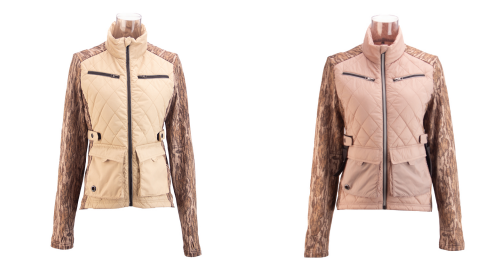
Teknisk forbindelse:
In accordance with the Öko-Tex-standard 100.
3D Virtual reality
Top Features to Look for in a Women’s Winter Dog Training Jacket
Selecting a winter dog training jacket is a significant decision for an active female dog enthusiast, as it must seamlessly blend the demands of harsh weather with the dynamic physicality of working with a dog. The ideal jacket transcends the role of mere outerwear to become a vital piece of functional equipment. Based on the detailed description of the PLJ003 model, several critical features emerge as non-negotiable for a jacket designed to excel in winter conditions. These features collectively ensure the wearer remains protected, organized, comfortable, and safe, thereby allowing her to focus entirely on her canine companion rather than on her own discomfort or logistical challenges.
Foremost among these features is advanced weather protection. A winter jacket must form a reliable barrier against the elements, and this is achieved through a combination of waterproofing, wind resistance, and insulation. The use of ""super light nylon with a waterproof treatment"" for the outer shell is paramount. This material prevents snow and winter rain from permeating the fabric, keeping the wearer dry and preventing the rapid heat loss associated with wet clothing. Furthermore, this shell is likely inherently wind-resistant, blocking the chilling winter winds that can make prolonged outdoor sessions unbearable. This external protection is complemented by internal warmth, provided in this jacket by ""quilt padding."" This quilting technique traps body heat efficiently without creating the bulk often associated with heavy winter coats, ensuring the trainer stays warm without sacrificing mobility, which is the next crucial feature.
Why Insulation Matters in a Ladies’ Dog Trainer Winter Jacket
Insulation is the fundamental engine of a winter jacket, and its importance in a garment designed for a female dog trainer cannot be overstated. It is the critical component that determines whether a jacket simply covers the body or actively protects it, enabling the trainer to endure long sessions in cold conditions. For an activity that involves periods of high exertion followed by sudden stillness, the type, quality, and distribution of insulation are what separate a functional training jacket from a standard winter coat. The PLJ003 jacket, with its ""quilt padding for warmth"" and strategic use of ""soft fleece,"" demonstrates a sophisticated understanding of how insulation must perform in a dynamic, professional context.
The primary role of insulation is to trap and retain the body's natural heat, creating a stable microclimate around the wearer. During a winter training session, a trainer's core body temperature is her most valuable asset. Without effective insulation, the cold rapidly drains this heat, leading to discomfort, distraction, muscle stiffness, and ultimately, the need to cut the session short. This is not only counterproductive for the trainer's goals but can also be dangerous, increasing the risk of hypothermia. The quilted padding in this jacket acts as a highly efficient barrier against the cold air. The quilting technique, where the insulation is stitched through the inner and outer layers in a pattern, serves to keep the padding evenly distributed, preventing cold spots and ensuring consistent warmth across the entire torso—the core area most vulnerable to heat loss. This allows the trainer to remain focused, patient, and effective, qualities that are directly transferred to the quality of the interaction with her dog.
However, effective insulation for a dog trainer is not just about retaining maximum heat; it is about intelligent and balanced thermal regulation. The unique challenge of dog training is its variable activity level. A trainer might sprint after a dog one moment and then stand still giving commands the next. A poorly designed jacket would cause her to overheat and sweat profusely during the high-exertion phases. Then, when she becomes still, that trapped moisture would cool rapidly, creating a dangerous and uncomfortable chill. This jacket mitigates this risk through its material choices and design. The super light nylon shell is water-repellent and likely breathable, allowing some perspiration vapor to escape. Furthermore, the use of soft fleece specifically at the sleeves and side seams is a masterstroke. Fleece provides excellent warmth for its weight but is also highly breathable and flexible.
The Benefits of Multi-Pocket Winter Jackets for Women Dog Trainers
For a woman engaged in dog training, a jacket with multiple pockets is far more than a convenience; it is an operational command center that fundamentally enhances efficiency, safety, and the overall flow of the training session. The multitude of pockets on the PLJ003 winter jacket—each with a distinct design and purpose—represents a deep understanding of the practical realities faced by a trainer. This integrated storage system eliminates the need for cumbersome bags or fanny packs, which can swing, bounce, and interfere with movement, thereby allowing the trainer to move with complete freedom while having every essential item intuitively at her fingertips. The benefits of this multi-pocket design are profound and multifaceted.
The most significant advantage is the drastic improvement in organizational efficiency and time management. Dog training relies on timing, especially when using positive reinforcement with treats. A reward must be delivered within seconds of the desired behavior to be effective. Fumbling in a deep pocket or a separate bag for a treat breaks this critical timing and can confuse the dog. The ""detached food bag at the side seam"" solves this problem perfectly. These dedicated, easy-access pouches allow the trainer to keep a primary reward always within instant reach, ensuring timely reinforcement that accelerates the learning process. Similarly, the ""two horizontal chest pockets with reflective zipper"" provide secure and visible storage for smaller, high-priority items like a whistle, a clicker, or a phone. This compartmentalization means there is a designated place for everything, preventing the frustrating and time-consuming search through a single, cluttered pocket in the middle of a session.
Furthermore, the inclusion of a ""large back pocket"" addresses the challenge of carrying larger, essential equipment. Dog training often requires more than just treats; it involves leashes (both tow and flexi-leashes), balls, frisbees, and other toys. This pocket is specifically designed to be ""big enough space"" for these items. The ""embossing elastic tape binding"" is a crucial detail, as it likely allows the pocket to expand and securely hold items in place without them falling out during movement. This means a trainer can carry a long-line leash for recall practice and a ball for play without being encumbered. She is prepared for multiple training scenarios within a single session, all without needing to return to a car or a backpack. This preparedness fosters spontaneity and allows the training to adapt to the dog's needs and mood in real-time.

